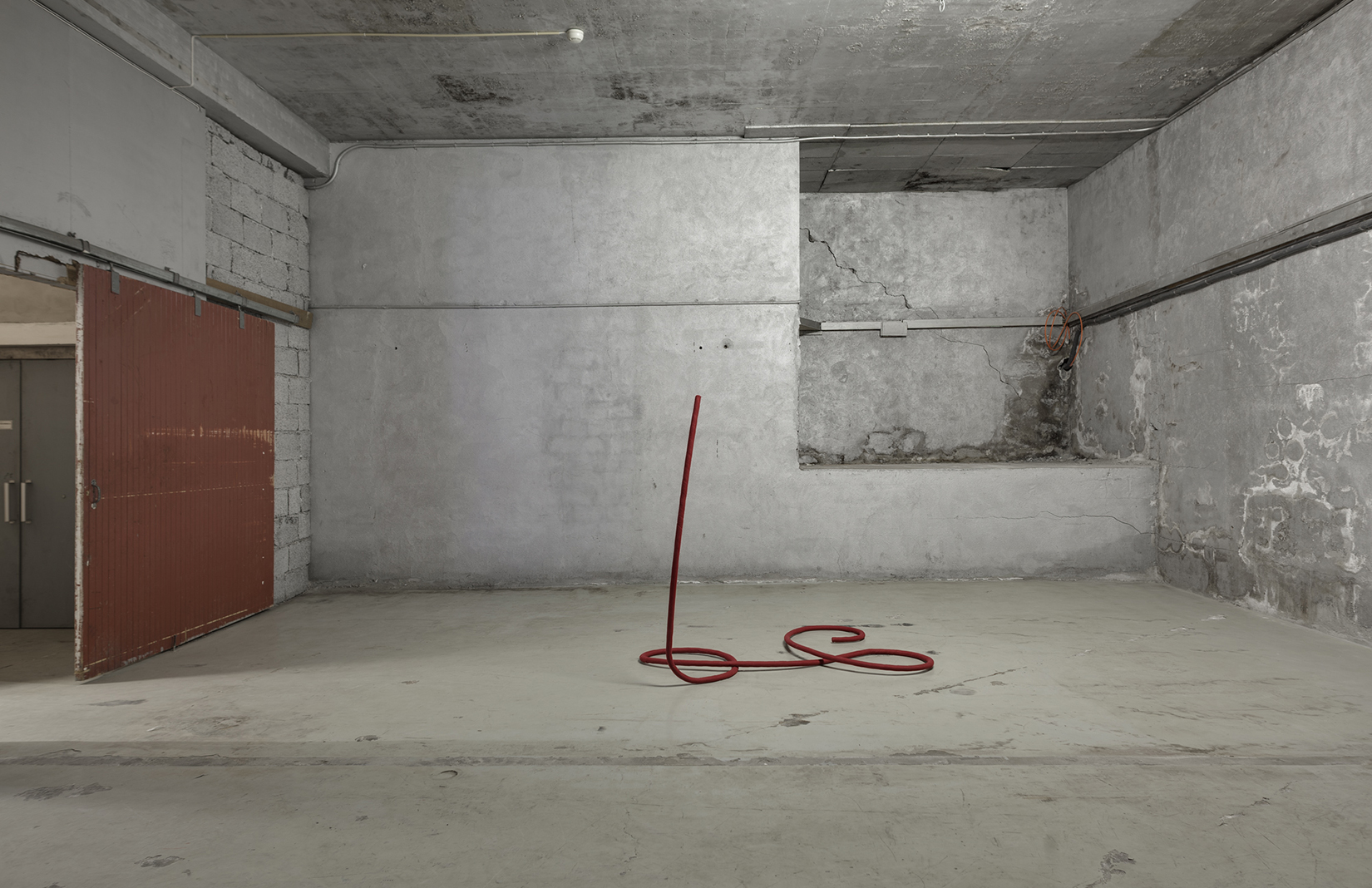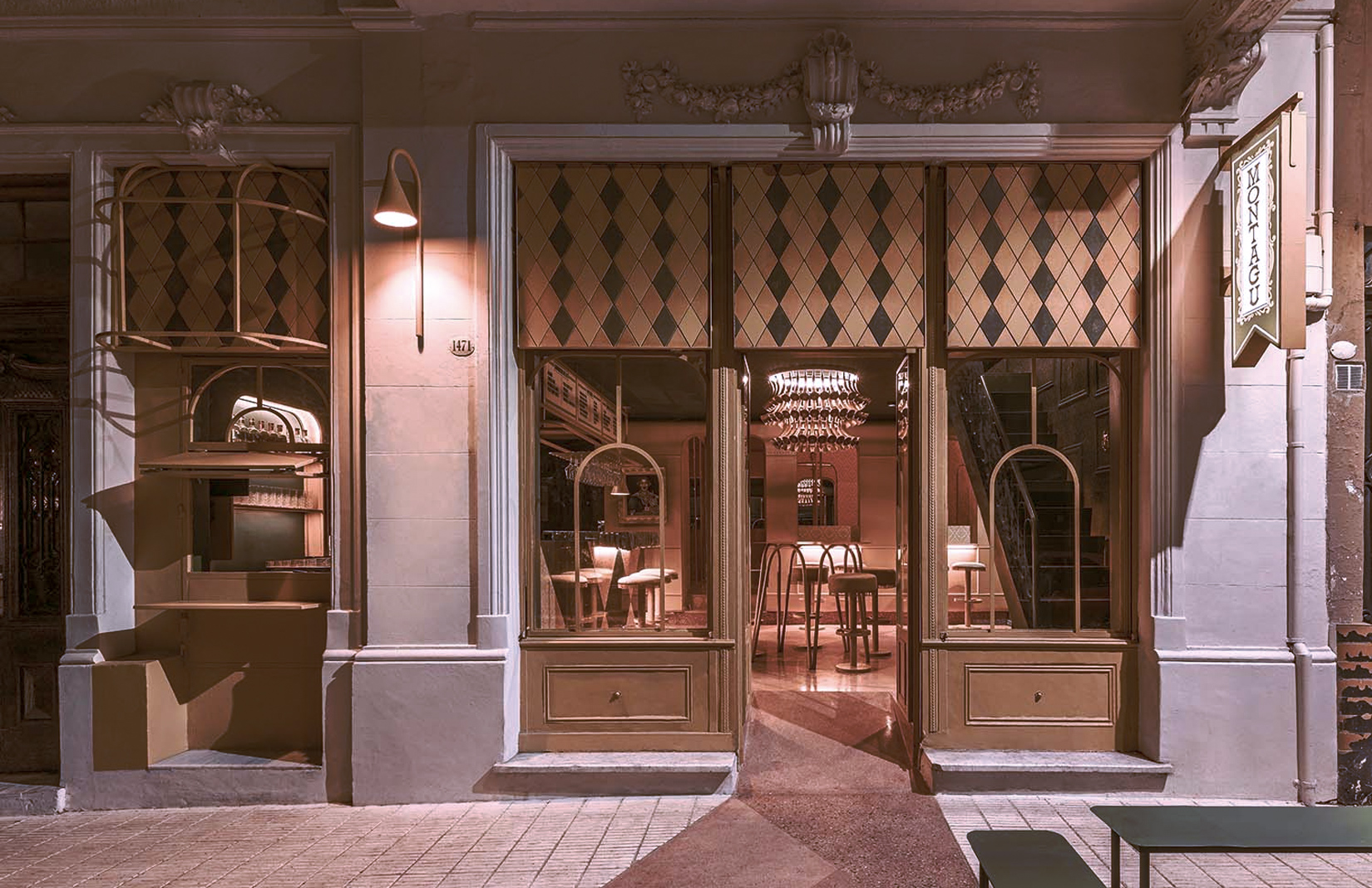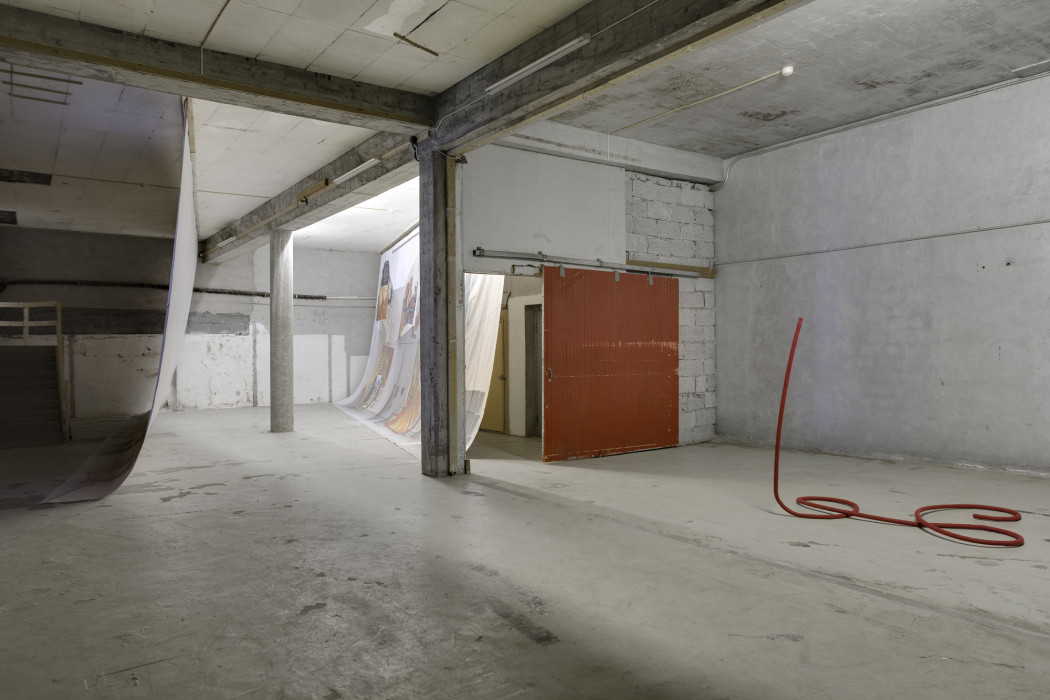
Installation view of ‘Disappearing Acts’ at Lofoten International Art Festival (LIAF), 2015
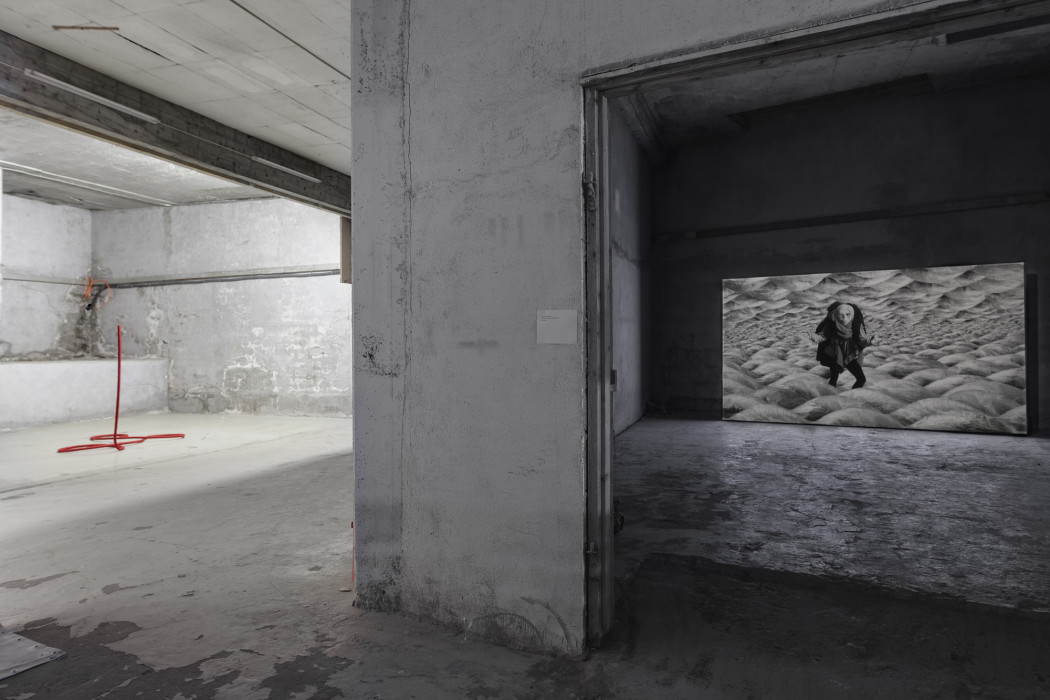
Installation view of ‘Disappearing Acts’ at Lofoten International Art Festival (LIAF), 2015
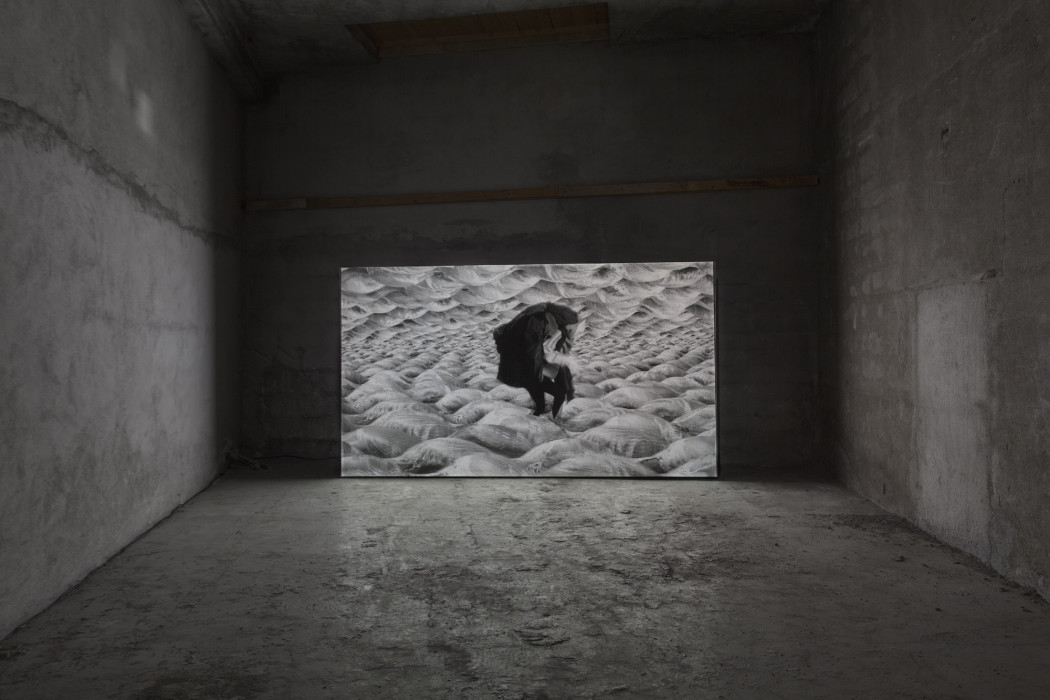
Installation view of ‘Disappearing Acts’ at Lofoten International Art Festival (LIAF), 2015
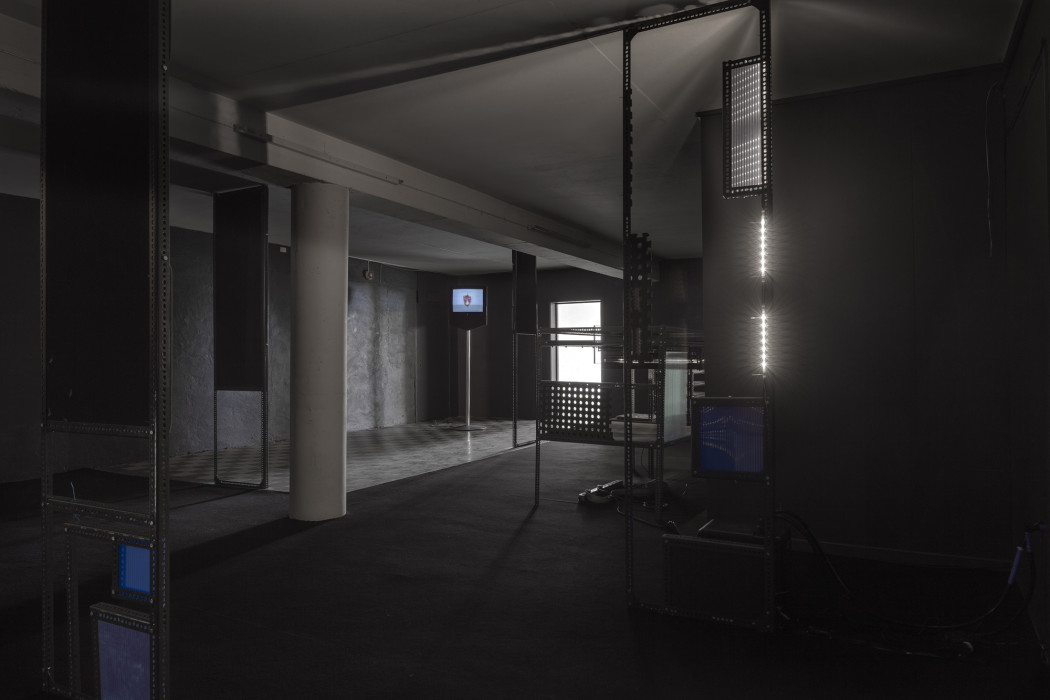
Installation view of ‘Disappearing Acts’ at Lofoten International Art Festival (LIAF), 2015
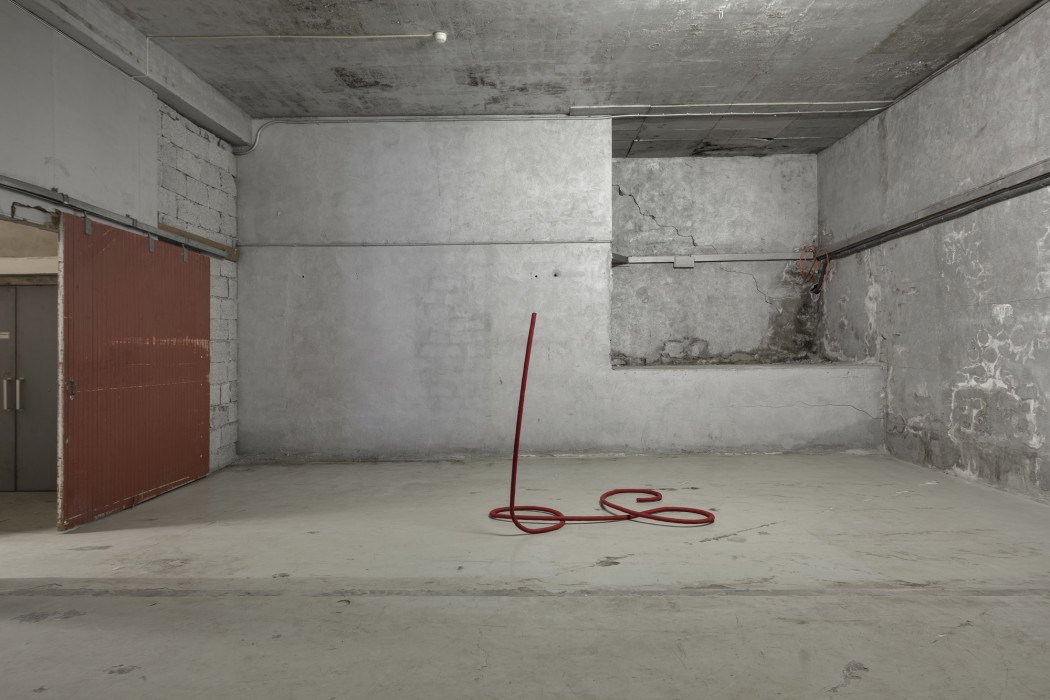
Installation view of ‘Disappearing Acts’ at Lofoten International Art Festival (LIAF), 2015
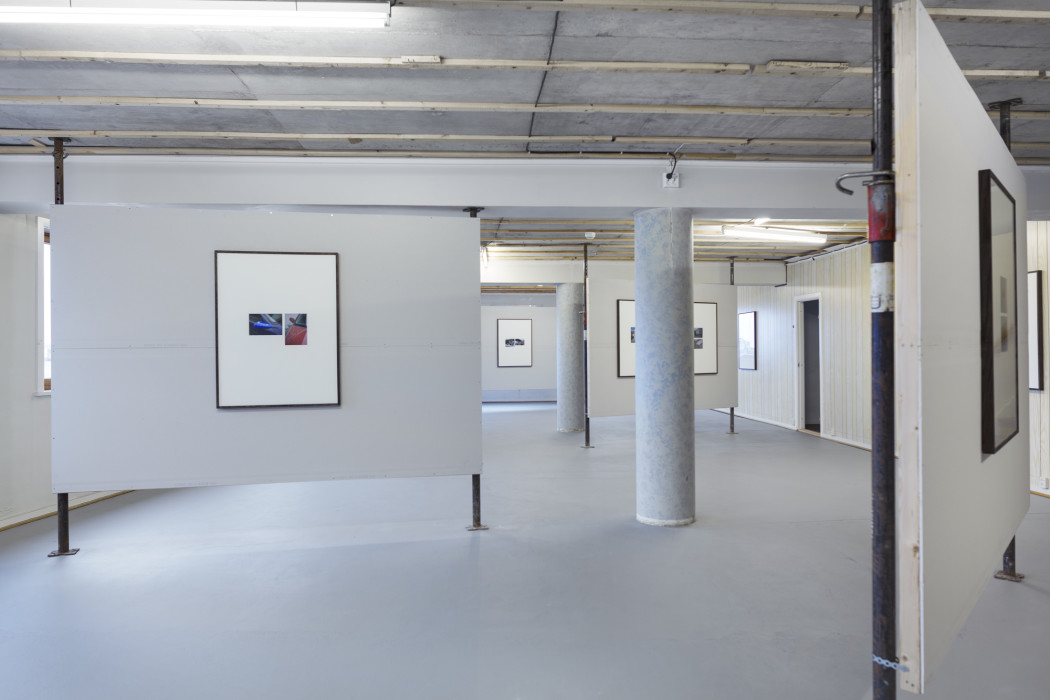
Installation view of ‘Disappearing Acts’ at Lofoten International Art Festival (LIAF), 2015
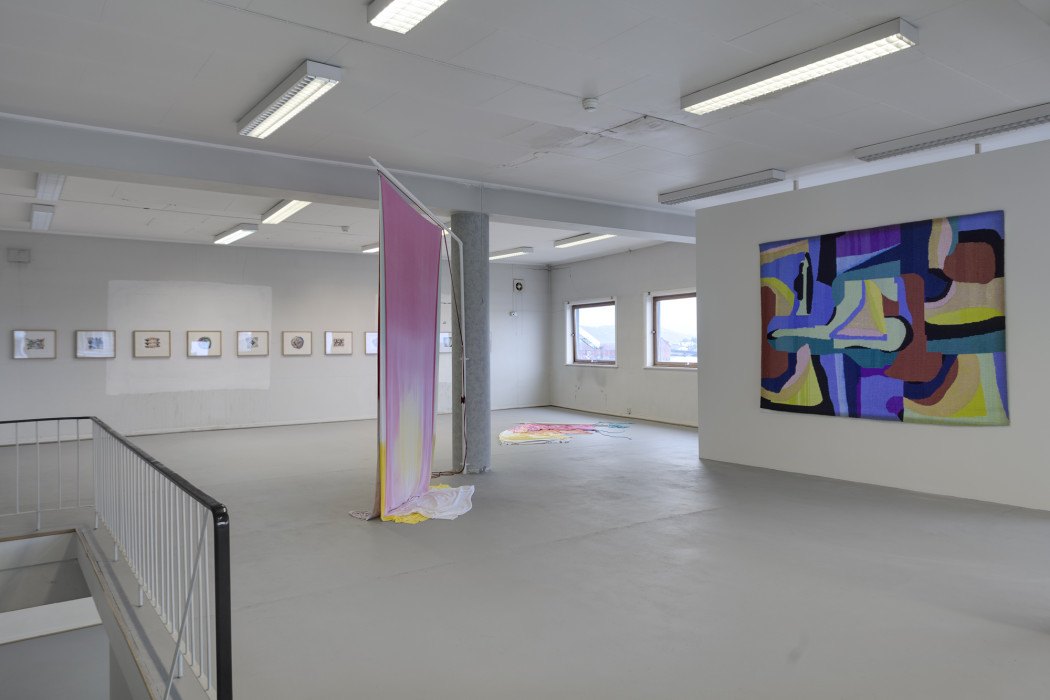
Installation view of ‘Disappearing Acts’ at Lofoten International Art Festival (LIAF), 2015
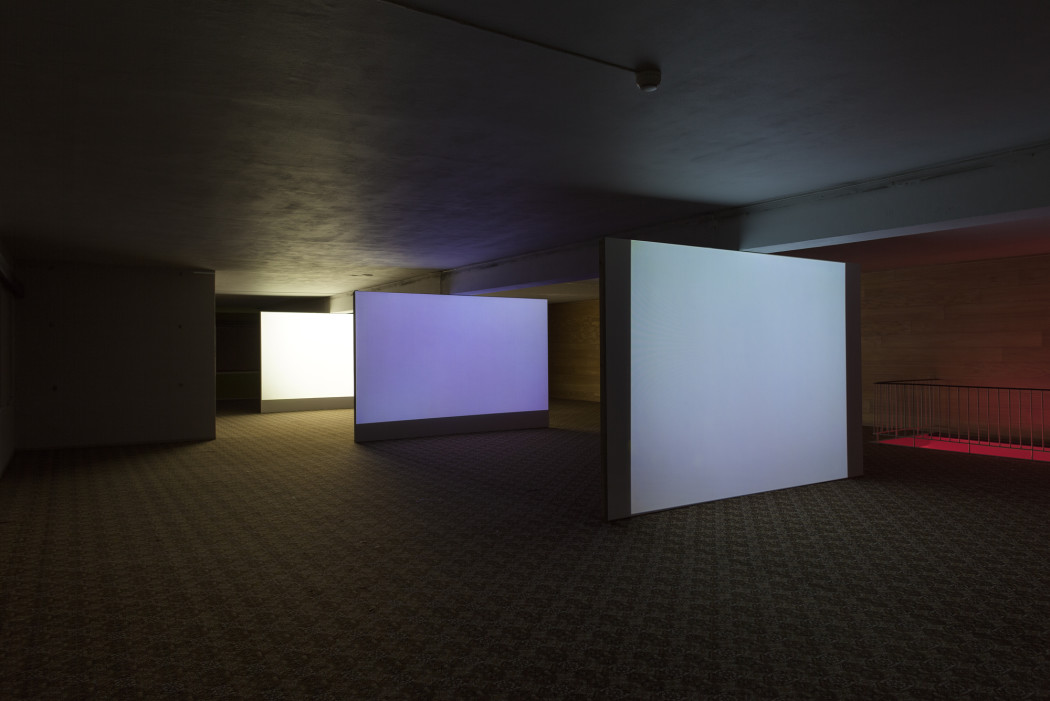
Installation view of ‘Disappearing Acts’ at Lofoten International Art Festival (LIAF), 2015
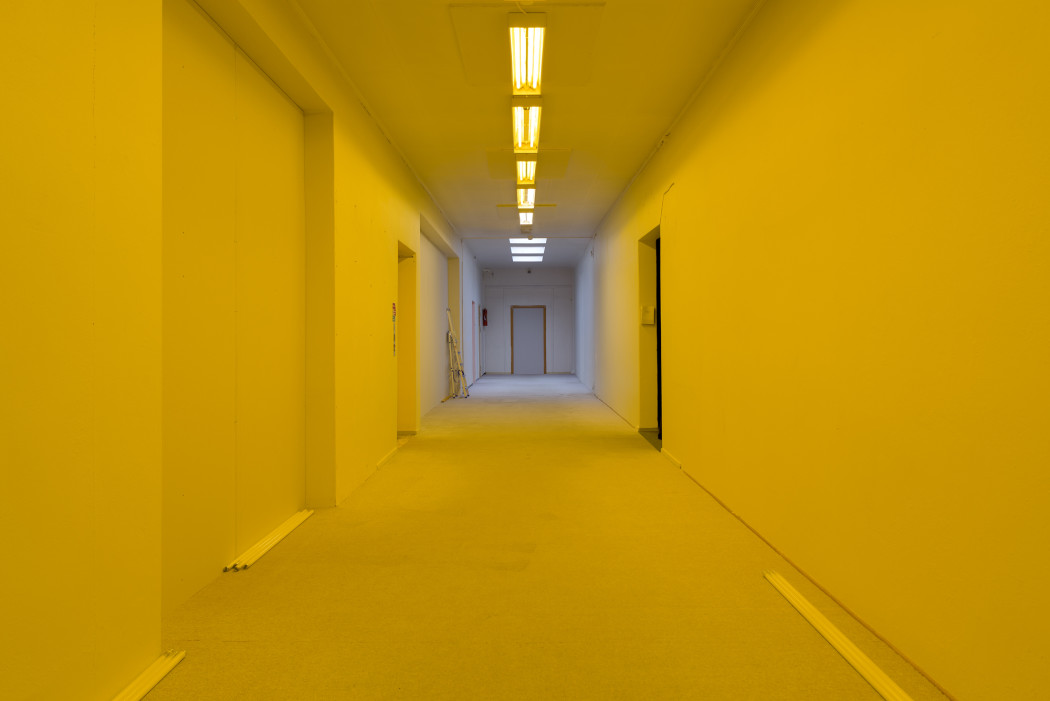
Installation view of ‘Disappearing Acts’ at Lofoten International Art Festival (LIAF), 2015
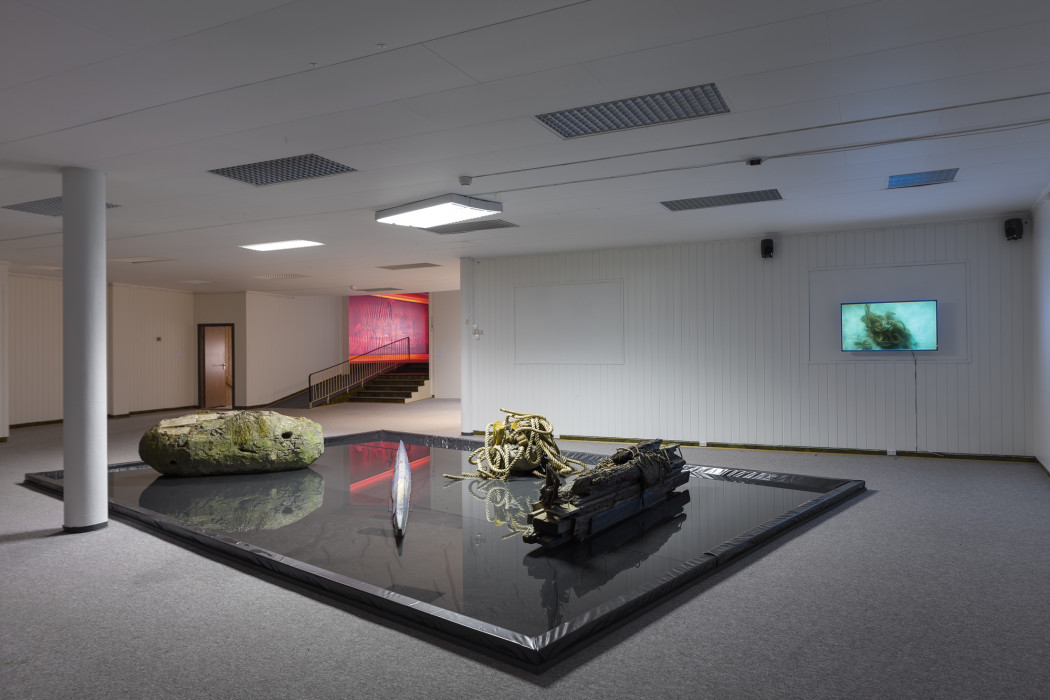
Installation view of ‘Disappearing Acts’ at Lofoten International Art Festival (LIAF), 2015
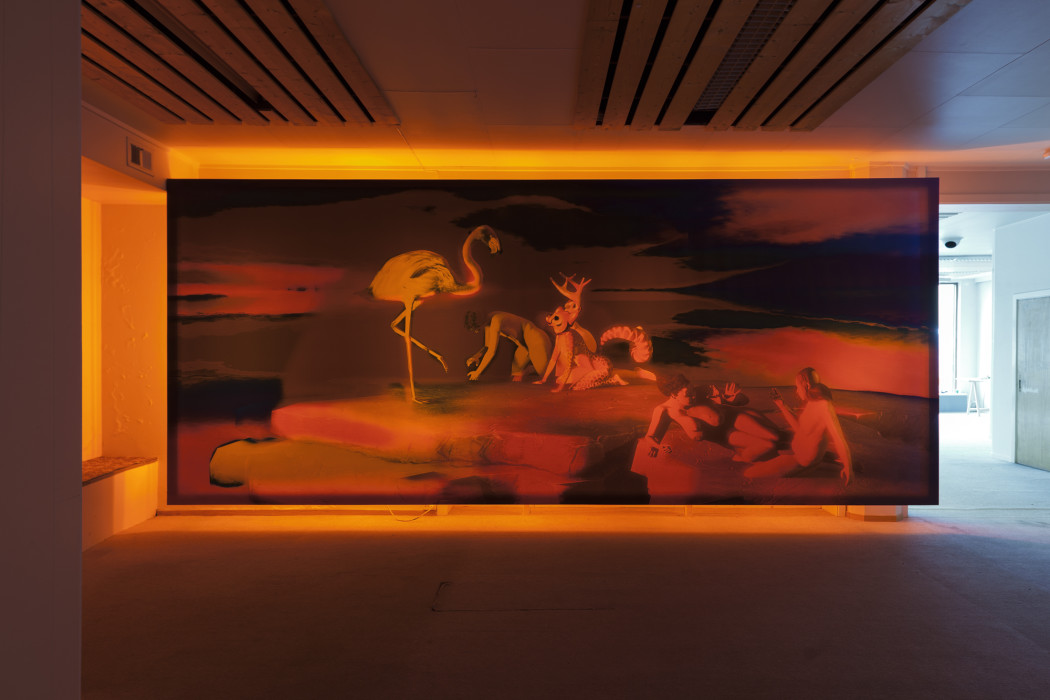
Installation view of ‘Disappearing Acts’ at Lofoten International Art Festival (LIAF), 2015
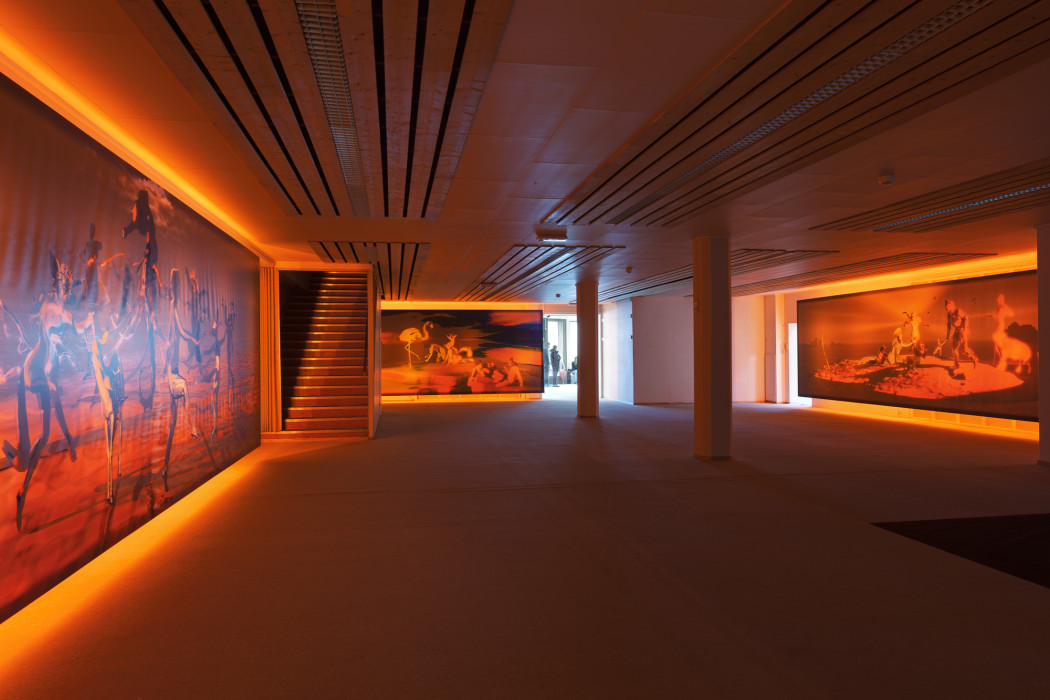
Installation view of ‘Disappearing Acts’ at Lofoten International Art Festival (LIAF), 2015
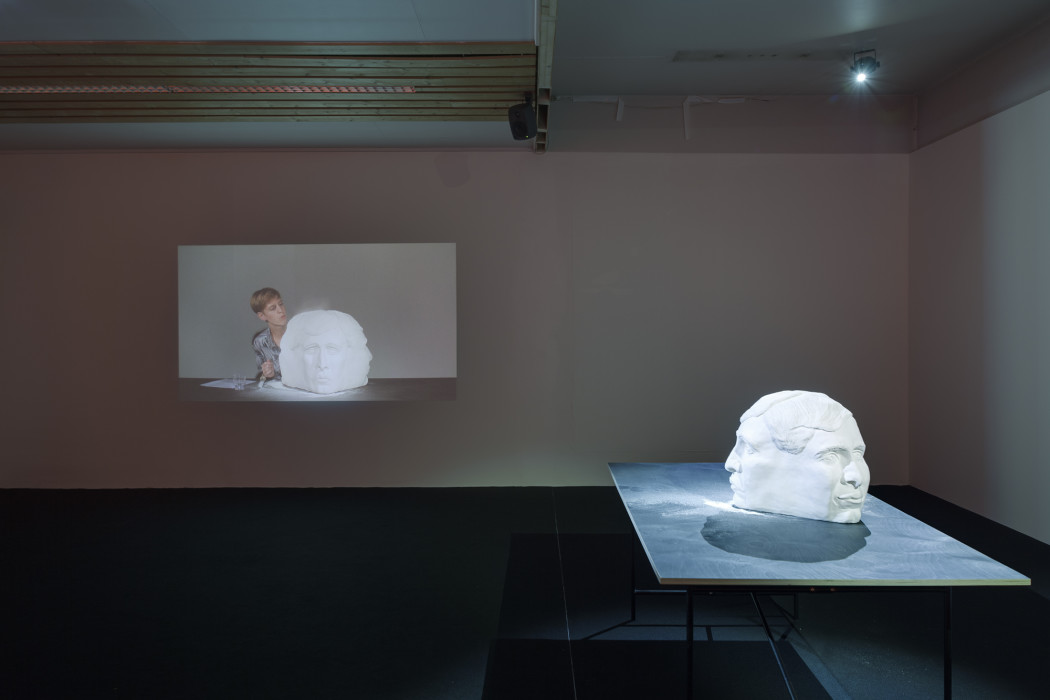
Installation view of ‘Disappearing Acts’ at Lofoten International Art Festival (LIAF), 2015
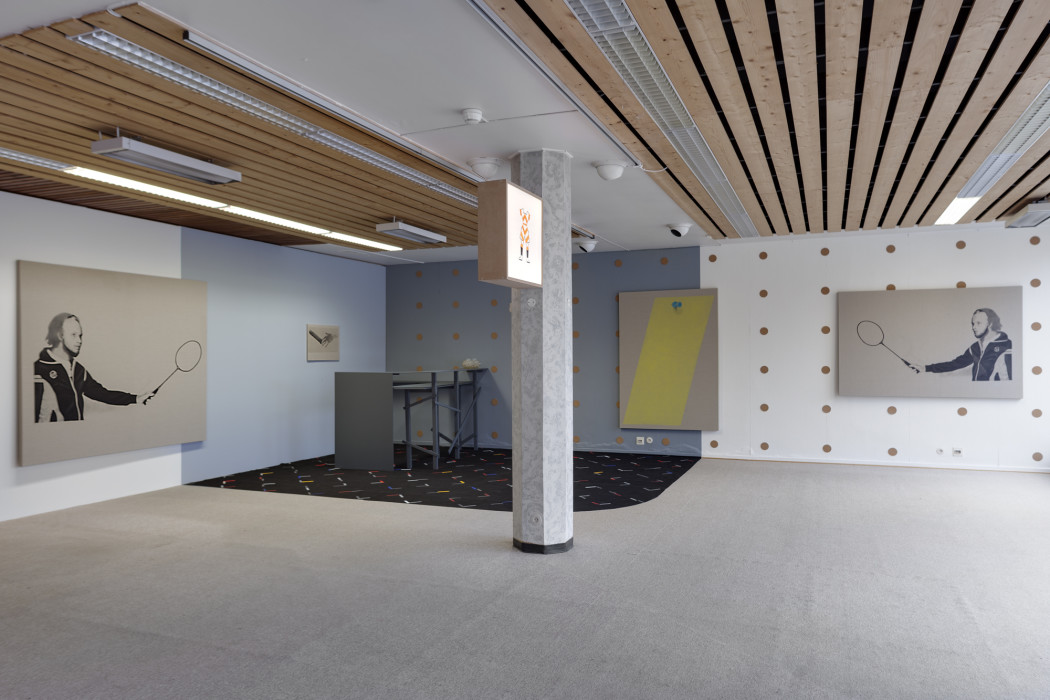
Installation view of ‘Disappearing Acts’ at Lofoten International Art Festival (LIAF), 2015
For an art biennial exploring the theme of ‘Disappearing Acts’, this year’s Lofoten International Art Festival (LIAF) has picked a particularly poignant setting.
Its location – the Jern & Bygg hardware store in Lofoten, an archipelago in the Norwegian Arctic Circle – will perform its own vanishing act after the event. The post-WWII building, one of the last examples of pragmatic waterfront architecture in the area, is set for demolition and will make way for a residential complex.
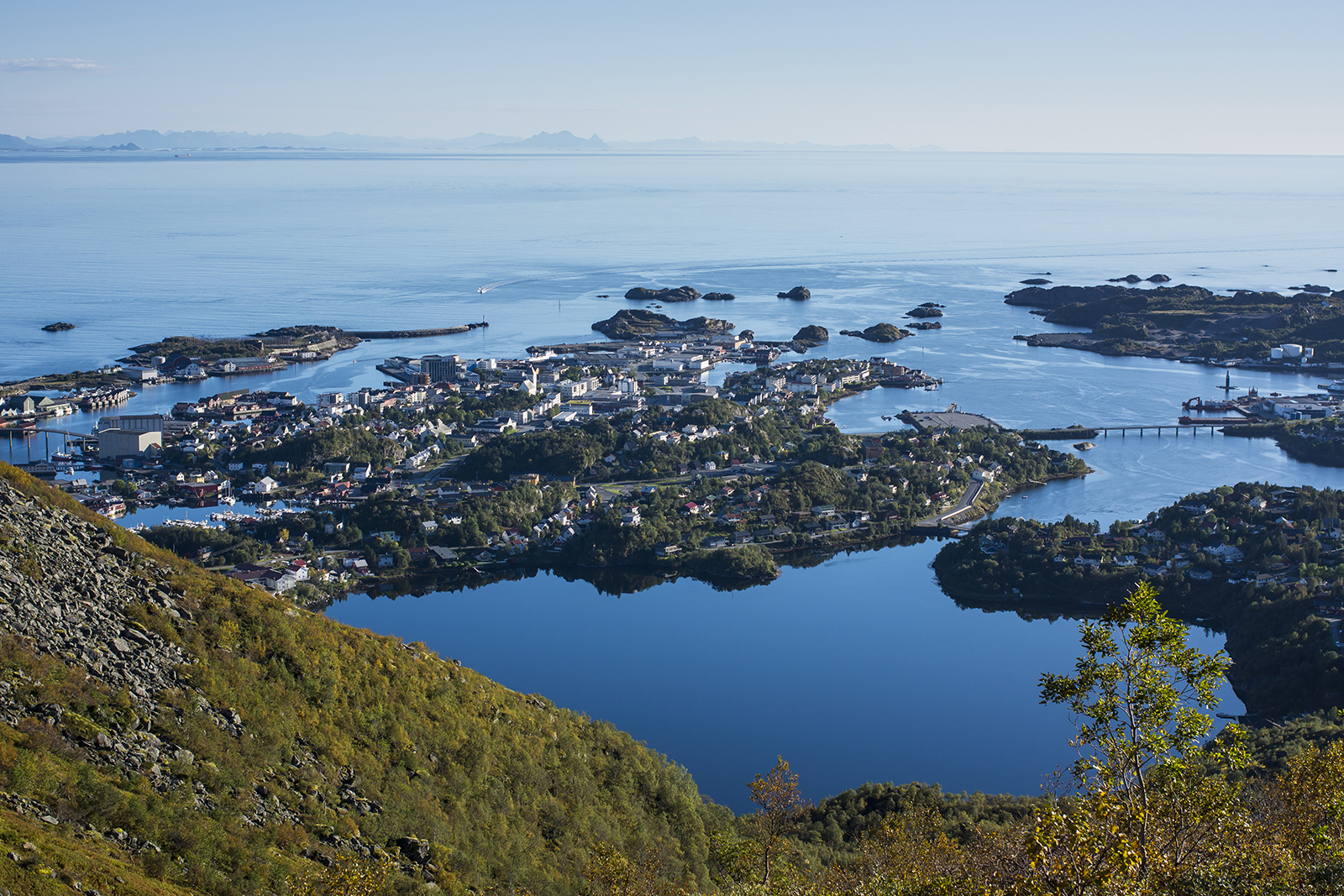
Before it goes, however, 24 artists from around the world are bidding a final farewell to the former hardware store with site-specific installations in a space that’s been shut off since 2010. The works all address ‘Disappearing Acts’, a theme conveying the fragility of humans in the face of history, technology and the natural landscape.
‘Responding to the building was never something that we instructed to the artists, but of course it becomes an essential part of the negotiation in presenting artwork,’ says Matt Packer, who curated the festival alongside Arne Skaug Olsen.
‘It’s a building that grew throughout the 20th century like a virus – a room added here, a room added there. It has a Frankensteinian character that maps the successive style changes of the 20th century.
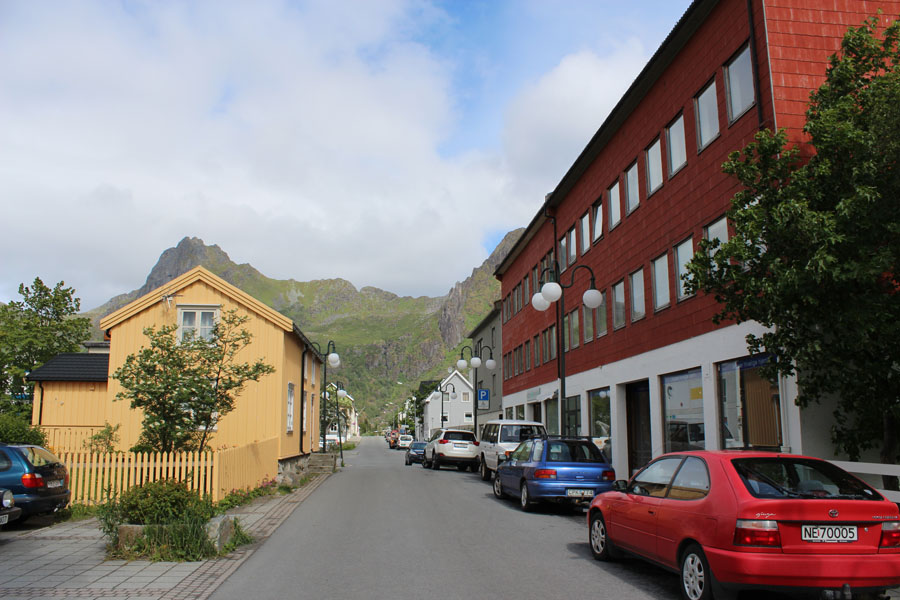
The Jern & Bygg hardware store expanded over several decades, beginning as a modest-sized shop before building new floors and new structures.
Some artists, such as London-born Sam Basu, whose multidisciplinary installation imagines the scene of a play, are making full use of the 3,500 sq m complex’s varying features.
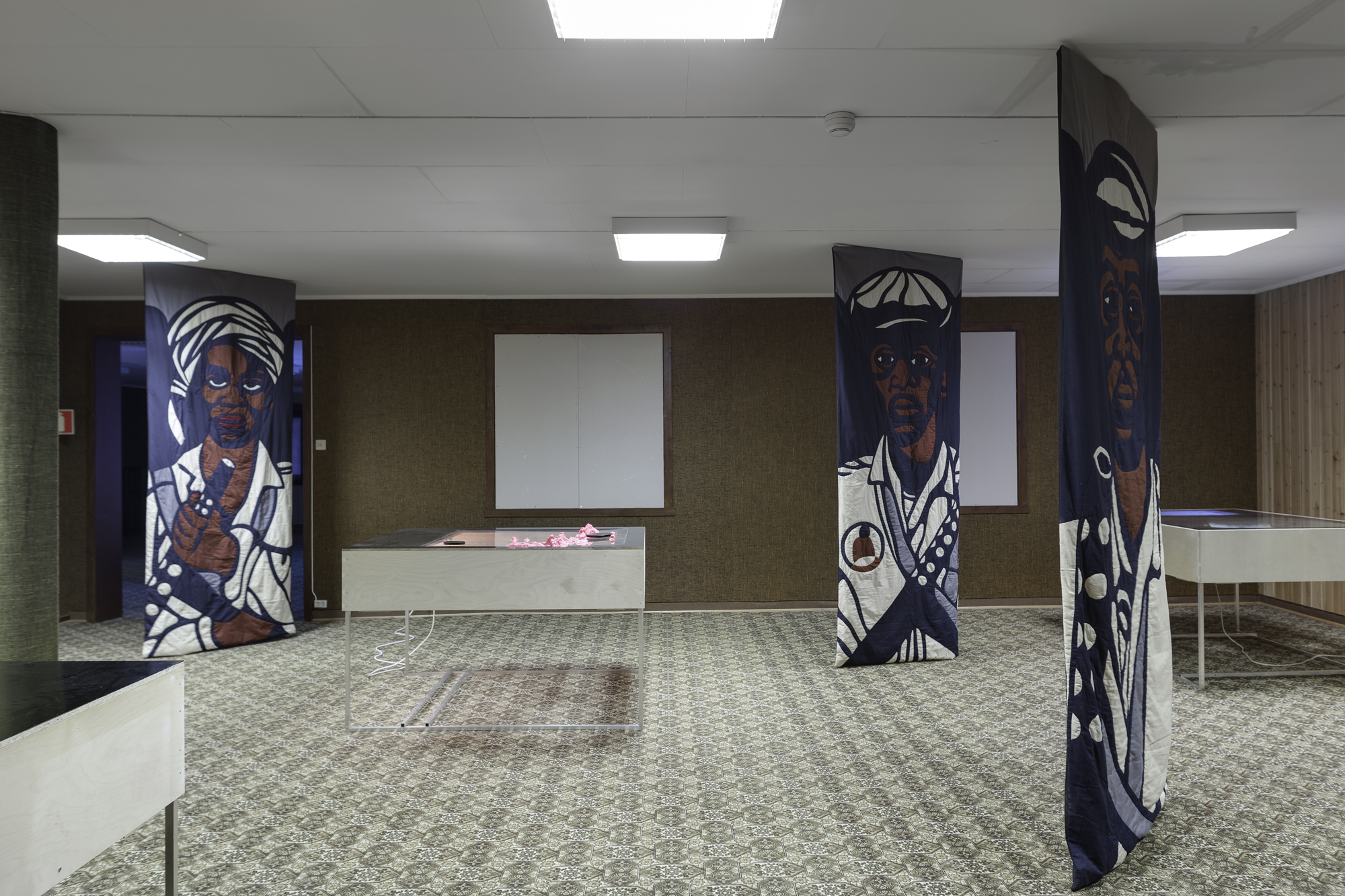
Adds Packer: ‘The particular space that Sam Basu wanted to work with had wood-panelled walls and a gold-green carpet – suitably dated circa 1970.’
Others have referenced the wider region of Lofoten. For her ‘Impossible Image’ installation, Swede Anna Ådahl has used images of the local landscape, close-ups of sand from a nearby beach and historic images of Lofoten Islands during the war.
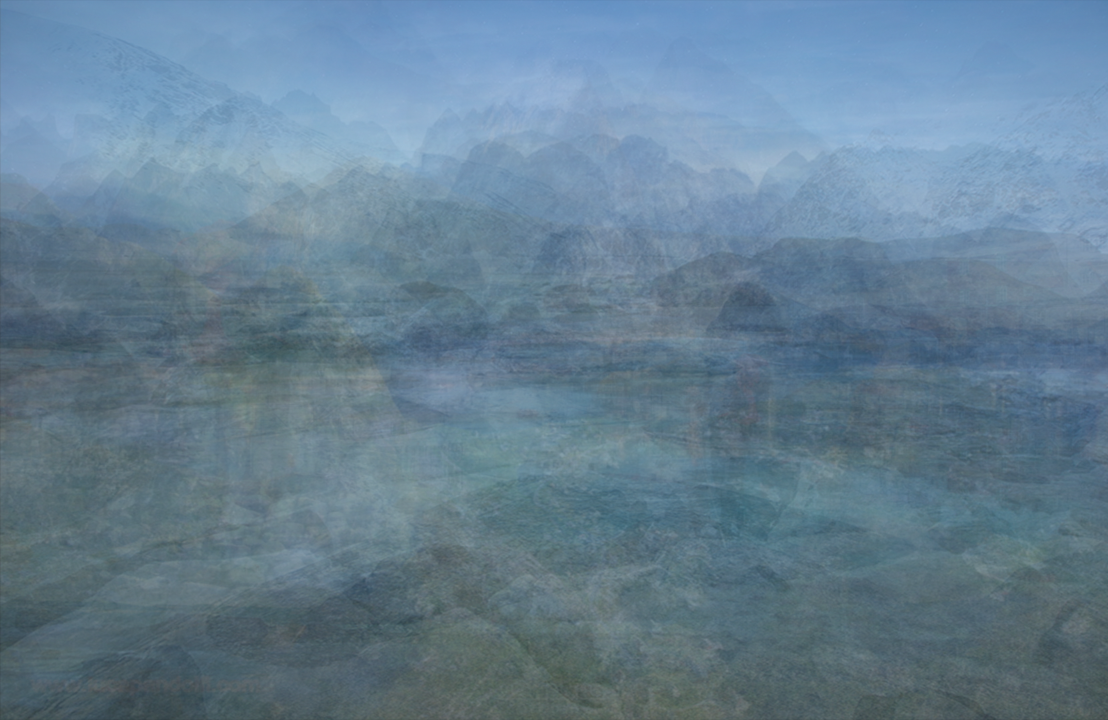
These artists may look upon Lofoten and its Jern & Bygg hardware store fondly, but locals appear ready to move on.
‘The redevelopment of the building should be seen in the context of a general redevelopment of Svolvær, the largest urban area of the Lofoten Islands,’ says Packer. ‘The pragmatic architecture that defined the post-war period is being slowly phased out by architecture that seeks to attract new investment.’
He adds: ‘The current Jern & Bygg premises is not a pretty building. Although it represents a place of former employment for many people in the town, I think many people would be happy to see it go.’
The building’s demolition will come around soon enough, with the festival closing 27 September.




